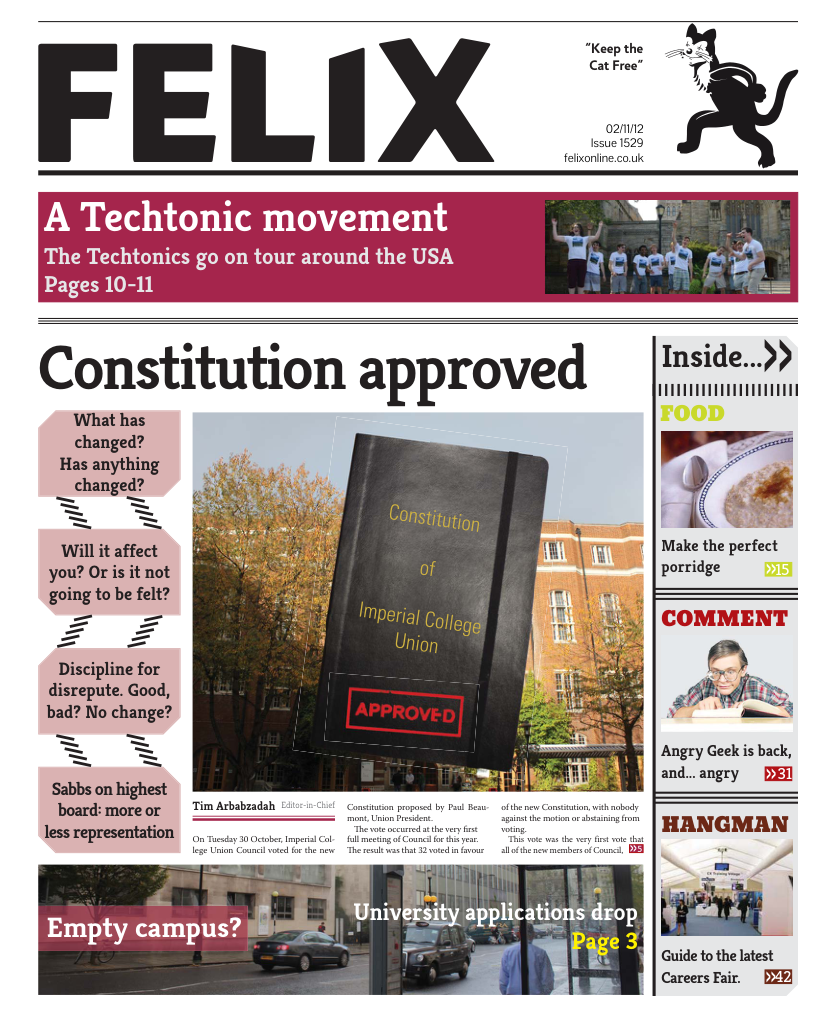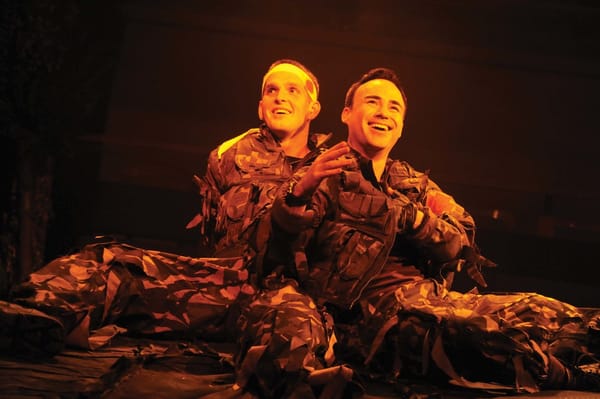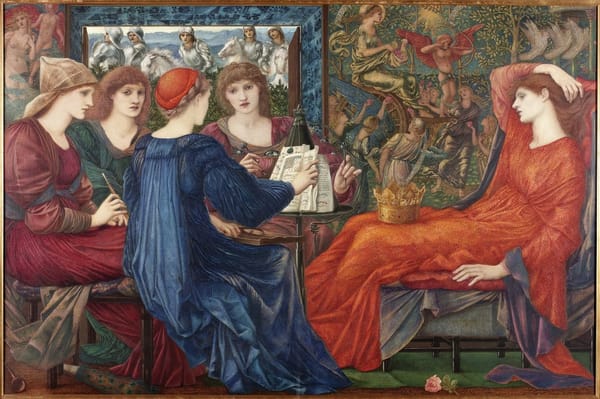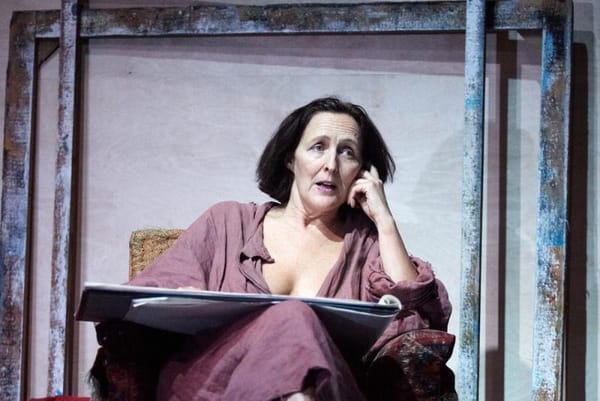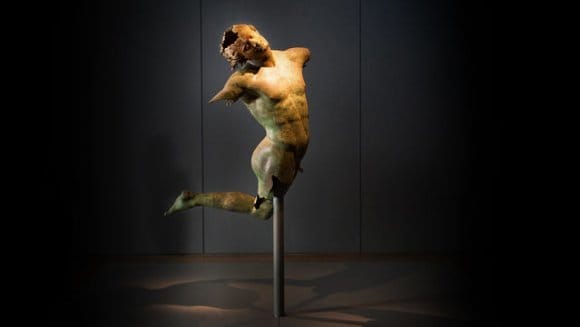Turner sur-prizes
The ever controversial prize succeeds this year with evocative and thought provoking nominees

Alongside death and taxes, one certainty in life is the controversy generated every year when the Tate releases the shortlist for the Turner Prize. With past winners including Damien Hirst and Grayson Perry, the shortlist has always trod the line between great and gimmicky. However this year, all the work exhibited is pretty incredible.
The exhibition starts with Paul Noble, whose drawings depict the buildings of ‘Nobson Newtown’. These are extremely detailed and somewhat reminiscent of architectural plans, but with a humorous air about them. Beginning each piece with a word, Noble uses the buildings to form that word before expanding out into the intricate landscape; this means that, as well as focussing on the finer details of the drawing, the viewer must move far away in order to be able to read the word at the centre. There are no people present in his landscapes, the only vaguely human-looking figures being small blob-like forms dotted around.
The smaller details Noble places in his work – such as the abandoned table-tennis game in Paul’s Palace – add a depth to the drawings. The desolate landscapes have a menacing air, the lack of people calling into question whether Newtown is some kind of post-apocalyptic wasteland. The surreal wit of Newtown is best described by Noble himself, who calls it “a play without acts or actors”.
Luke Fowler is the next artist to be displayed. The first of two video artists competing for the prize, Fowler works mainly with archive footage, and subverts the traditional form of the documentary film by presenting a non-fixed, fluid view of the subject. His work, All Divided Selves, is a 90 minute long film about the Scottish psychiatrist R.D. Laing. Just as Fowler challenges the traditional idea of video art, Laing’s ideas challenged orthodox psychiatry, championing the role of social and cultural factors alongside biological ones. The film is similar to a collage, using a myriad of sources whilst also touching on issues such as social housing and poverty. Although it drags on a bit, the film is beautifully edited, as well as informative. Laing is a figure who I had never heard of, but I left the viewing feeling that Fowler had not only told the audience about Laing’s work, but allowed us a rare insight into his character.
The Woolworths Choir of 1979, a 20 minute long video by Elizabeth Price, is exhibited next. The beginning of the film focuses on the church choir and the area between the altar and the nave. Photographs of wooden carvings are cut across by text describing the features, and the entire piece is backed by clicks and handclaps, building up as the piece advances. As pictures of twisting statues are displayed, a chorus of voices begin to sound and the images segue into footage of the 1960s girl group The Shangri-Las writhing and wriggling to the chorus of “Out in the Streets”. The singers begin waving their hands as the music fades out, and then another waving hand appears, this time poking out of a window billowing with smoke.
This time it is a woman signalling for help at the 1979 Manchester Woolworths fire, which left 10 people dead. Silent footage of witnesses is spliced in with images of the police report describing the fire and the repeated shot of the arm waving. The work is evocative yet cold, beautiful and haunting, leaving the viewer feeling a deep sense of unease, and meriting a second viewing.
The final artist is the only performance artist to ever be nominated. Spartacus Chetwynd’s work is provocative; while the other works invite you tolook in on another world, Chetwynd’s piece Odd Man Out literally drags the viewer in. The work is primitive and absurd: performers dressed in green rags dance around the exhibition space, which has been papered with enormous posters, and invite the audience to speak with the ‘oracle’, a mandrake root puppet which whispers future predictions. It feels like being in a LSD-fuelled am-dram class. The costumes and sets are homemade and the performance deliberately amateurish but it is completely charming and liberating. Chetwynd seems the most likely artist for critics of the Turner Prize to dismiss as a publicity hungry provocateur, but her work is the least heavy and the most fun of all the pieces shown. Whether that merits a win remains to be seen.
All the artists shown are extremely talented, and I would be happy for any of them to win. Art is a deeply personal thing, and I urge you all to make the trip down to Pimlico to decide on a winner yourself. You will certainly leave entertained.


